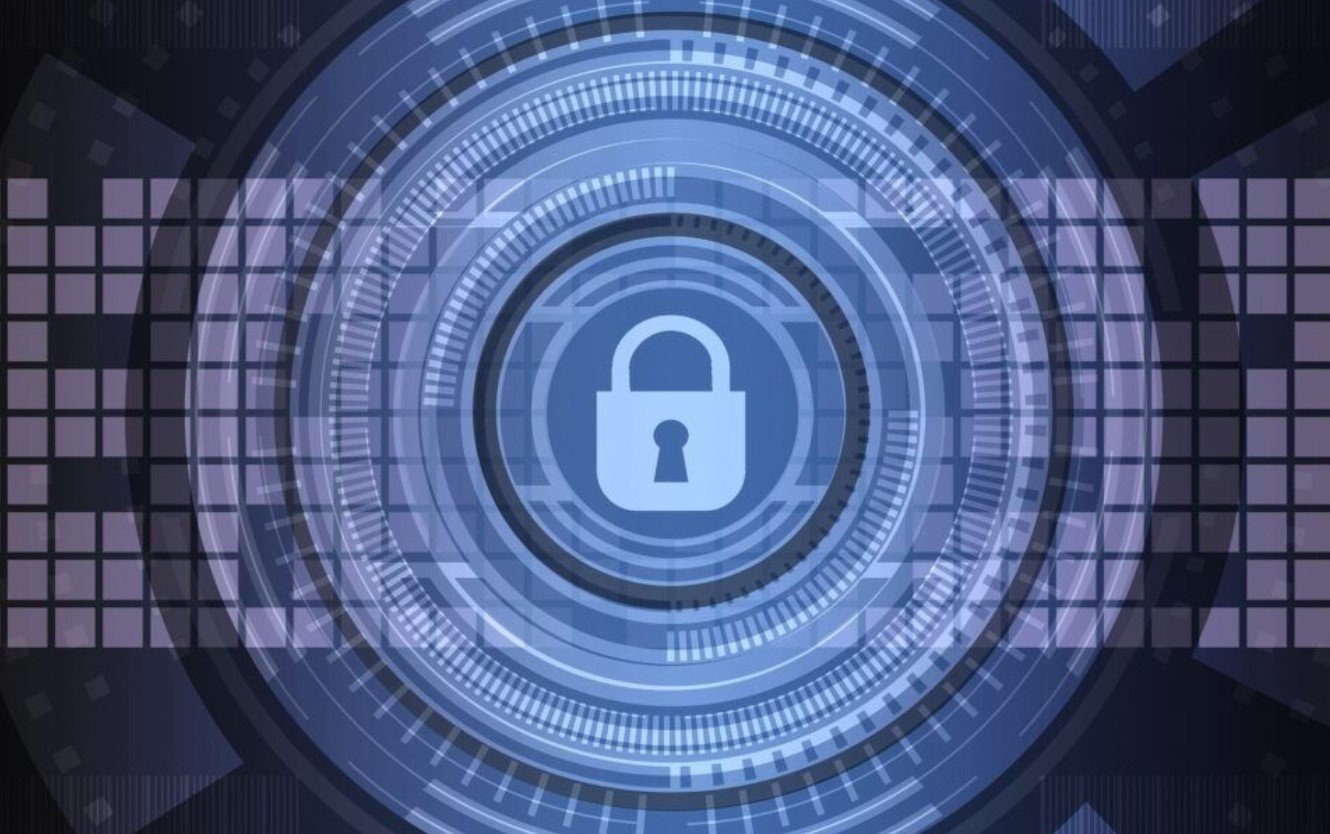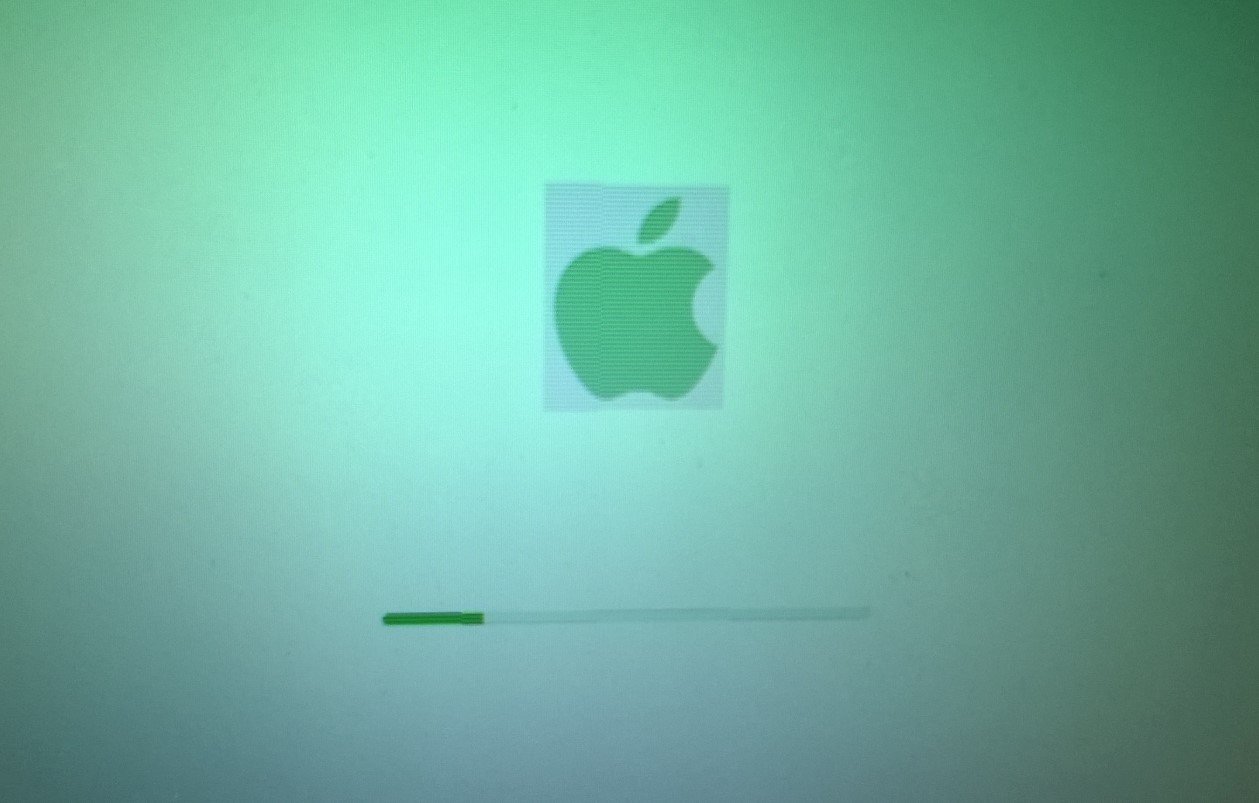News
FBI and NSA Sound Alarm on Possible Iranian Cyberattacks Against U.S. Infrastructure
A fresh warning from top U.S. cyber agencies has raised concerns about potential Iranian-linked attacks targeting critical American infrastructure, prompting calls for immediate defensive actions.
CISA, the FBI, NSA, and DoD issued a joint alert Tuesday, citing increased risks to vital systems amid growing tensions in the Middle East. Though officials say there’s no active campaign underway, they’re urging heightened vigilance, especially from companies tied to defense, energy, healthcare, and water systems.
Growing Fears Amid Middle East Tensions
There’s no missile fire here—just silent code, flashing servers, and vulnerable gateways.
The U.S. Cybersecurity and Infrastructure Security Agency (CISA) made it clear: there’s no confirmed attack campaign yet, but that doesn’t mean it’s quiet out there. Rising geopolitical stress, particularly around Israel and Iran, is stirring up fresh threats in cyberspace.
Critical infrastructure players are being told to keep their guard up. That means everything from water treatment facilities to hospitals.
Even more concerning? Some Iranian-affiliated hackers aren’t just government operatives. Many blend right in with activist movements online. That makes detection trickier and retaliation murkier.
Defense Ties Put DIB Firms Under the Microscope
Companies with links to Israeli defense or tech are facing a particularly high level of risk, according to the latest advisory.
And it’s not just military contractors. Think tanks, researchers, and subcontractors who touch Israeli intelligence or defense development—even tangentially—are now potential targets.
In fact, the fact sheet goes as far as flagging the Defense Industrial Base (DIB) as a high-risk sector, due to data-sharing and global collaboration that crosses political boundaries.
One official familiar with the advisory called it “a warning shot,” adding that these firms should assume they are already in an adversary’s crosshairs.
A Look at How Iran-Linked Hackers Operate
Iranian threat groups don’t play by any one rulebook—and that’s part of the problem.
Some act like soldiers. Others behave more like street-level vandals. And increasingly, they’re overlapping.
Take the November 2023 breach of a Pennsylvania water facility. Hackers tied to Iran’s Islamic Revolutionary Guard Corps (IRGC) reportedly exploited unsecured Unitronics controllers exposed online. It wasn’t a sophisticated trick—just an open door nobody locked.
That’s the worrying part: many attacks rely on things as basic as:
Default login credentials
Unpatched systems
Publicly exposed control devices
And they’re not just sneaking in quietly. Some want attention. Attacks are often accompanied by propaganda spread across X (formerly Twitter) and Telegram, platforms favored by hacktivist circles linked to Iran.
DDoS, Ransomware, and Destructive Wipers: Tools of Choice
These aren’t just digital pranks.
Distributed denial-of-service (DDoS) attacks and website defacements are the flashy tools—loud and visible, like smashing a window. But behind the scenes, there’s real damage happening.
Over the past year, Iranian-aligned groups have partnered with Russian ransomware outfits. We’re talking names like:
NoEscape
Ransomhouse
ALPHV (aka BlackCat)
Targets have ranged from Israeli banks to logistics companies. Often, data is encrypted. Sometimes it’s exfiltrated and leaked. And in other cases, it’s wiped entirely—erased just to hurt.
That last tactic? It’s called a “wiper” attack. And it’s designed not to make money, but to break things permanently.
The Cybersecurity Playbook: What the Agencies Recommend
This isn’t just a “check your firewall” situation. Federal agencies are pushing specific, no-nonsense steps.
While the list reads like standard IT hygiene, it’s being pushed hard because these basic holes are exactly where attackers get in. Here’s what they’re urging right now:
Keep OT (Operational Technology) and ICS (Industrial Control Systems) off the public internet.
Change all default passwords and use unique, strong credentials.
Turn on multi-factor authentication—everywhere.
Install all available patches, especially on systems facing the internet.
Watch your network like a hawk. Unusual activity might be the only sign.
Test your backups. Know your incident response plan like the back of your hand.
This isn’t abstract theory. These are the kinds of simple oversights that gave IRGC hackers access to a U.S. water utility just months ago.
Here’s a table of known Iranian-affiliated cyber actors and their most recent methods of attack:
| Actor Name | Affiliation | Notable Tactics | Recent Activity |
|---|---|---|---|
| IRGC-affiliated groups | Iranian military | ICS attacks, propaganda | PA water utility hack (Nov 2023) |
| ALPHV / BlackCat | Russian ransomware | Data encryption, leaks | Israeli defense firms targeted |
| Hacktivist collectives | Informal networks | DDoS, website defacement | Political campaigns on X, Telegram |
Some Attacks Already Happening Below the Surface
Just because you haven’t heard about a cyberattack doesn’t mean it hasn’t happened.
Many successful breaches never make headlines. Victims quietly recover, patch holes, and move on. But security insiders say Iran-linked cyber activity has been quietly ticking up.
One federal source, speaking anonymously, said, “There’s a lot happening behind closed doors. What we’re seeing publicly is just the tip.”
So yeah, there’s no official campaign right now. But it sure feels like the calm before something breaks.















